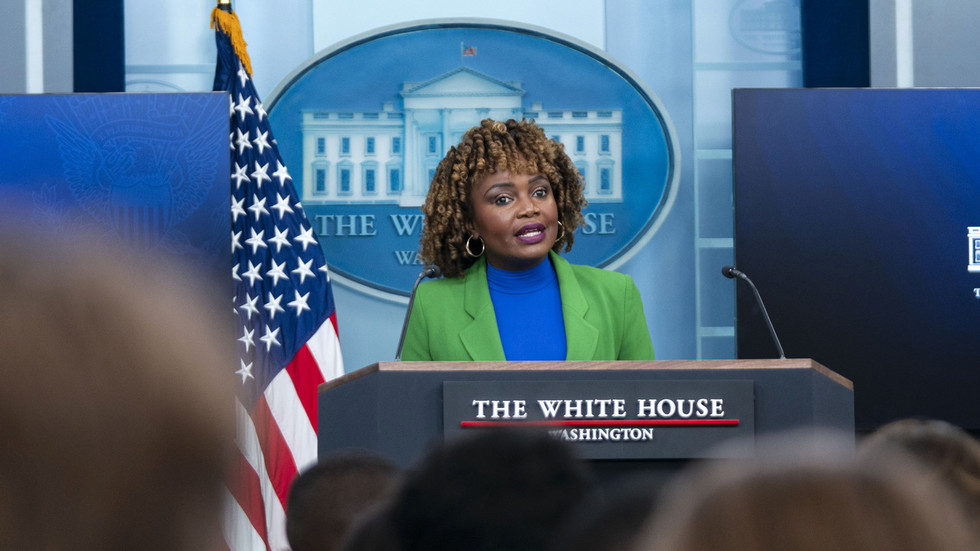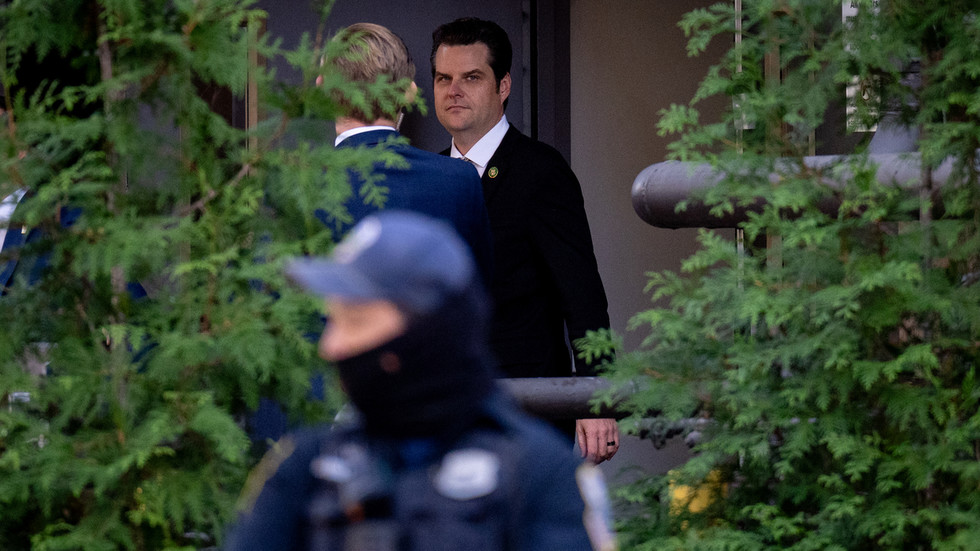NEW DELHI -- Fresh from declaring victory in India's election, Prime Minister Narendra Modi offered few details on the agenda for his third term, but went out of his way to underline he would continue to focus on raising the country's military preparedness and clout.
That should come as good news to the United States and its other allies, as they focus increasingly on keeping China’s sweeping maritime claims and growingly assertive behavior in the Indo-Pacific region in check.
“The government will focus on expanding defense production and exports,” Modi told a crowd of supporters at his party's headquarters after election results came in. He spoke of his plan to increase security by lowering India's dependence on arms imports. “We will not stop until the defense sector becomes self sufficient.”
Defense cooperation with the U.S. has greatly expanded under Modi, particularly through the so-called Quad security grouping that also includes Australia and Japan.
It’s a two-way street, giving the U.S. a strong partner neighboring China, which Washington has called its “pacing challenge,” while strengthening India’s defense credibility against a far more powerful rival.
“India is currently a frontline state as far as the Americans are concerned,” said Rahul Bedi, a New Delhi-based defense analyst. “The Indian navy is a major player in the Indian Ocean region.”
The defense relationship was also at the top of U.S. President Joe Biden's agenda when he congratulated Modi on the election results.
In a call, “the two leaders emphasized their deepening the U.S.-India comprehensive and global strategic partnership and to advancing their shared vision of a free, open and prosperous Indo-Pacific region,” the White House said.
It added that National Security Advisor Jake Sullivan would soon travel to New Delhi “to engage the new government on shared U.S.-India priorities.”
It was about a year into Modi's second term when India's defense focus took a sharp turn toward China, when troops from the two nuclear neighbors clashed in 2020 in the Galwan Valley in the disputed northern border region of Ladakh and 20 Indian soldiers were killed.
“China really is India's long term strategic challenge, both on the border and in the Indian Ocean as well,” said Viraj Solanki, a London-based expert with the International Institute for Strategic Studies.
“This has resulted in a number of defense partnerships by India shifting, or just focusing on countering China's growing influence in the Indo-Pacific region,” he said.
Beijing has a close relationship with Pakistan, India's traditional rival, and China has been increasing defense cooperation with India's neighbors, including Nepal and Bangladesh, as well as the Maldives and Sri Lanka.
“China is really trying to engage more with these countries and develop its own influence and presence,” Solanki said. “I think that is a concern for New Delhi and something that will lead to increased competition in the Indian Ocean over the next few years.”
In congratulating Modi on the election results, Chinese Foreign Ministry spokesperson Mao Ning said that a “sound and stable ” relationship between India and China was “in the interest of both countries and conducive to the peace and development of the region."
She also added that China stood “ready to work with India,” but her comments were significantly more muted than the Foreign Ministry's remarks on Modi's last win in 2019 — before the border fight. At that time, the Foreign Ministry called the two nations “important neighbors” and said China wanted to "deepen political mutual trust, carry out mutually beneficial cooperation and push forward the closer partnership between the two countries.”
Modi has always governed with his party in the majority, but after a lackluster performance in the election will now be forced to rely on coalition partners, and will face a stronger and invigorated opposition.
The main opposition Congress party is unlikely to challenge Modi's defense reforms, but has been critical of how he has handled the border issue with China and may pressure him on that front, Bedi said.
“Modi has not been entirely truthful, or very economical with the truth as far as the situation in Ladakh is concerned,” he said. He referred to a Defense Ministry document that was published online, and quickly removed, which had suggested Chinese troops entered Indian territory during the 2020 confrontation.
“The opposition, I am sure, will raise questions and ask the government to come clean on what the real situation is.”
Under Modi's program of military modernization and reform, his government has sought to grow the private defense manufacturing sector, a space previously occupied solely by the government-run organizations, and has eased foreign direct investment regulations to try and encourage companies to establish themselves in India.
In a flagship project, the country launched its first home-built aircraft carrier in 2022, part of a plan to deploy two carrier battle groups to counter China’s rising maritime power.
Much of India's military equipment is of Russian origin, and delays on delivery and difficulties of procuring spare parts due to Russia's invasion of Ukraine has also provided impetus for India to diversify defense procurement, looking more to the U.S., France, Israel and elsewhere, Solanki said.
As it seeks to strengthen ties with India, Washington has agreed to a deal that will allow General Electric to collaborate with Hindustan Aeronautics to produce fighter jet engines.
Speaking at the Shangri-La defense conference in Singapore last weekend, U.S. Defense Secretary Lloyd Austin said the countries were also co-producing armored vehicles.
“The relationship that we enjoy with India right now is as good or better than our relationship has ever been,” he said. “It's really strong.”

 5 months ago
25
5 months ago
25








